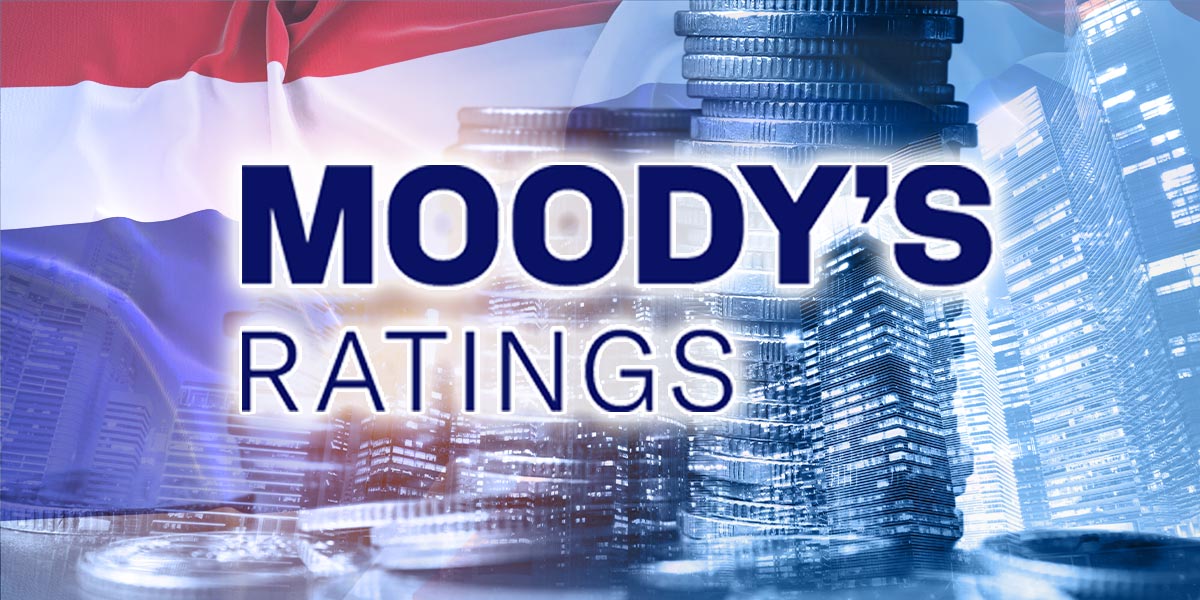Moody’s Ratings recently affirmed Thailand’s Sovereign Credit Rating at Baa1, but changed its Outlook to “Negative” from “Stable,” citing the uncertainty regarding the U.S. trade tariffs that could dent Thai exports in the near term.
Despite the downgrade in outlook that can change upon an occurrence of any significant developments, the focus is pointing to the current stability of Thailand, strong debt affordability and external position, deep domestic market and an abundant of foreign reserve, which is all reflecting through its Sovereign Credit Rating at Baa1.
When analyzing both a country’s credit rating and the outlook assigned by various rating agencies, it is important to separate these assessments into two distinct parts:
Sovereign Credit Rating:
This refers to the sovereign credit rating commonly used to assess a country’s ability to meet its principal and interest obligations upon maturity. The rating is determined by several key factors. Currently, Moody’s maintains Thailand’s sovereign credit rating at Baa1, indicating that, at present, there are no significant concerns that would warrant a downgrade of Thailand’s credit standing.
Outlook:
The credit outlook serves as an indicator of the potential direction a country’s rating may take in the next six to twelve months at a minimum. Should prevailing uncertainties persist or if developments unfold in line with the agency’s concerns, it could eventually result in a downgrade of the sovereign credit rating. However, a rating agency’s outlook is subject to change at any time, depending on the progression of the country’s circumstances.
The Thai government is planning a proposal for the United States Trade Representative with over 60 days left during the tariff suspension period to go back and forth with the Trump Administration.
Several countries have been visiting the U.S. during these past weeks to discuss trade terms. However, there have yet to be any countries submitting to Trump. Japan vowed to protect its farmers and auto industry despite Washington requesting more agriculture and U.S. auto imports. Meanwhile, South Korea is still reluctant to join the Alaska gas project.
The silence from Washington in announcing a void on reciprocal tariffs for any specific countries indicates that no countries are on their knees in front of the Trump Administration and the trade talk should benefit both ways.
As for the latest review of Moody’s Ratings, below is the statement:
“Moody’s Ratings (Moody’s) has today affirmed the Government of Thailand’s Baa1 issuer and local currency senior unsecured ratings, and changed the outlook to negative from stable. We have also affirmed Thailand’s foreign currency commercial paper rating at P-2.
The decision to change the outlook to negative from stable captures the risks that Thailand’s economic and fiscal strength will weaken further. The already announced US tariffs are likely to weigh significantly on global trade and global economic growth, and which will affect Thailand’s open economy. In addition, there remains significant uncertainty as to whether the US will implement additional tariffs on Thailand and other countries, after the 90-day pause elapse. This shock exacerbates Thailand’s already sluggish economic recovery post-pandemic, and risk aggravating the trend decline in the country’s potential growth. Material downward pressures on Thailand’s growth raises risks of further weakening in the government’s fiscal position, which has already deteriorated since the pandemic.
The affirmation of the Baa1 ratings reflects the country’s moderately strong institutions and governance which support sound monetary and macroeconomic policies. The Baa1 ratings also take into account Thailand’s moderately strong debt affordability – despite the sharp increase in government debt since the pandemic – supported by its deep domestic markets and the fact that its government debt is almost entirely denominated in local currency. Moreover, Thailand has a strong external position, with ample foreign exchange reserves buffer.
Thailand’s local and foreign currency country ceilings remain unchanged at Aa3 and A1, respectively. The four-notch gap between the local currency ceiling and sovereign rating reflects a balance between the country’s strong external balances and effective institutions, against the government’s relatively large footprint in the economy and moderate political risks. The one notch gap between the foreign currency ceiling and the local currency ceiling takes into account Thailand’s history of imposing capital controls, although its low external indebtedness and high policy effectiveness reduce the risks of potential transfer and convertibility restrictions.
Ratings Rationale
The already announced US tariffs are likely to weigh significantly on global trade and global growth, with material negative impact on Thailand, increasing risks that Thailand’s economic and fiscal strength will weaken further. In addition, there is significant uncertainty as to whether the US will implement additional tariffs on Thailand and other countries, after the 90-day pause elapse.
Thailand’s near-term growth will likely be materially dented, directly through its large export exposure to the US. Latest available OECD data show that Thailand’s domestic value-added in its gross exports to the US amounted to about 3% of GDP in 2020. Thailand will also be indirectly exposed through its participation in regional value chains, where it provides inputs to other”





